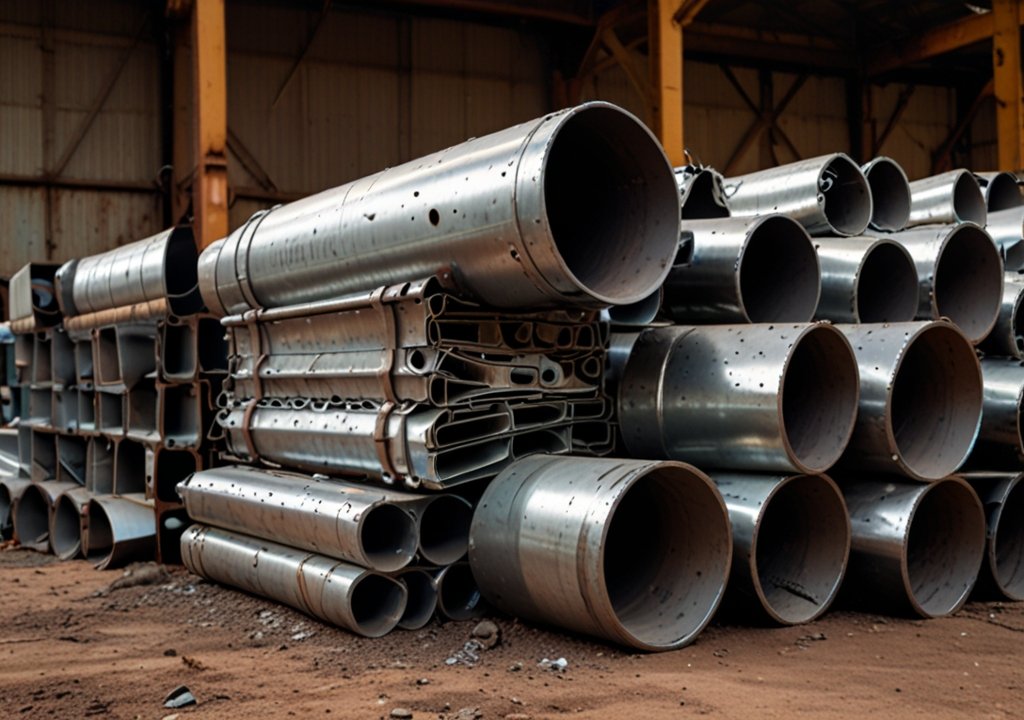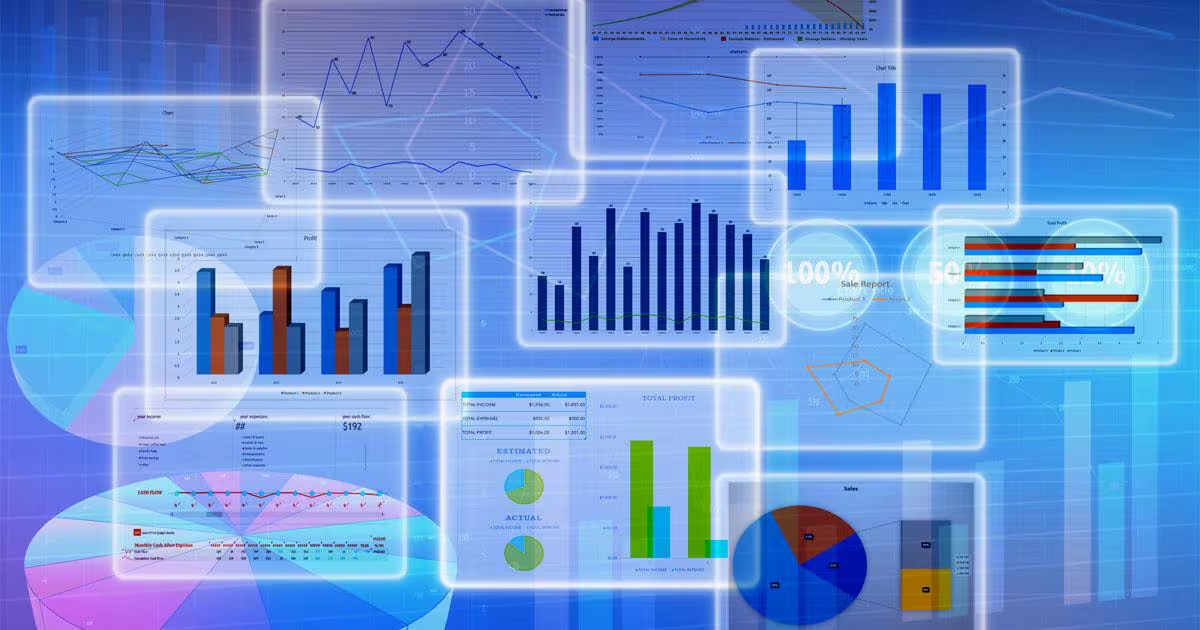Key Takeaways
- The significance of scrap metal recycling spans environmental, economic, and industrial domains.
- Recent advancements are transforming how scrap metal is recycled, fostering sustainability.
- Emerging trends in the industry promise to reshape world markets and environmental strategies.
Introduction to Scrap Metal Recycling
Scrap metal recycling is a dynamic process that goes beyond simply discarding metals; it transforms waste into valuable resources. By collecting, processing, and repurposing used metals, recycling reduces the need for traditional mining and the depletion of natural resources. This industry not only supports environmental conservation but also plays a fundamental role in the economy. The escalating scrap aluminum price exemplifies the sector’s burgeoning importance, reflecting demand in both domestic and international markets.
With roots tracing back to ancient civilizations that practiced basic recycling, the modern scrap metal industry has evolved into a global powerhouse. Its development over the years highlights a transformative shift toward sustainability. This move is essential for achieving global environmental goals, and for companies and consumers striving to minimize their ecological footprint, keeping abreast of market prices and trends is increasingly vital.
The Environmental Impact of Recycling
The environmental implications of scrap metal recycling are profound and far-reaching. Recycling reduces the environmental damage caused by traditional mining activities, which often result in significant landscape alteration, habitat destruction, and pollution. By repurposing existing metals, the recycling process is a sustainable virtue of mitigating ecological impact. This significantly lessens the strain on the Earth’s natural resources and fosters a circular economy.
Research indicates that recycling metals like aluminum and steel conserves energy considerably compared to producing them from raw, virgin materials. In fact, recycling aluminum saves around 90% of the energy needed to produce new aluminum from bauxite ore. Besides energy savings, recycling helps in a substantial reduction of greenhouse gases, thus combatting climate change. It has been calculated that recycling steel cuts greenhouse gas emissions by 86%. These statistics underscore the critical role that recycling plays in environmental protection and sustainability.
Economic Benefits of Metal Recycling
Beyond ecological merits, scrap metal recycling is economically advantageous. It fosters job creation with numerous employment opportunities across various stages of the recycling process—from collection and transportation to processing and distribution. The industry also generates significant revenues, contributing to national economies and enabling sustainable growth.
For businesses, the cost benefits of using recycled metals are considerable. Recycled metals are typically less expensive than newly mined counterparts, allowing companies to lower material costs while maintaining quality. This economic incentive not only supports the bottom line but also aligns with global movements toward corporate responsibility and sustainability. Furthermore, by reducing reliance on imported metals, countries can bolster their economic independence, thus fostering a more robust domestic economy.
Technological Advances in Scrap Metal Recovery
The integration of technology in scrap metal recycling continues to usher in a new era of sustainability and efficiency. Innovations such as automated sorting systems, robotics, and AI-driven technologies enable precise and efficient separation of metals, improving the overall quality and quantity of recovered materials.
These advances help streamline recycling operations by increasing the purity levels of retrieved metals, which in turn elevates their market value. For example, AI algorithms can now identify and sort specific metal types much more accurately than traditional manual methods, resulting in reduced contamination and improved output quality. The implementation of such cutting-edge solutions presents a promising horizon for the industry, making recycling processes more economically viable.
Industry Trends Shaping the Future

The landscape of scrap metal recycling is rapidly evolving with several emerging trends. Urban mining—the extraction of valuable materials from electronic waste—and the adoption of circular economy models are at the forefront, driving significant shifts within the sector. These methods not only minimize reliance on traditional mining but also support urban sustainability initiatives.
According to the World Economic Forum, the circular economy framework is vital to these transformations, promoting a sustainable cycle of reuse and recycling. Market projections indicate that industries embracing these trends will likely experience growth and increased competitiveness as consumer needs for sustainable practices continue to rise.
Global Influence of Metal Recycling
The global influence of scrap metal recycling is substantial, with international policies playing a crucial role in promoting sustainable practices. Collaborative efforts, such as agreements between countries to set recycling targets, are essential in fostering global change.
For instance, the European Union’s Circular Economy Action Plan is designed to increase recycled content in products and encourage sustainable manufacturing processes. The United Nations Environment Programme also champions such initiatives, as seen in its important environmental policies promoting recycling. These efforts emphasize the critical role that national and international cooperation plays in advancing the recycling industry.
Concluding Thoughts on the Future of Recycling
Scrap metal recycling stands at the intersection of innovation, necessity, and opportunity. As the industry continues to progress, embracing new technologies and adapting to emerging trends will be essential for fostering a sustainable future. Businesses, governments, and individuals alike are invited to play active roles in this endeavor, ensuring economic and environmental prosperity in the process.
By rallying around these shared goals, we pave the way for a thriving, sustainable world where economy and ecology exist in harmony—a future where the impact of today’s actions creates positive outcomes for generations to come.











